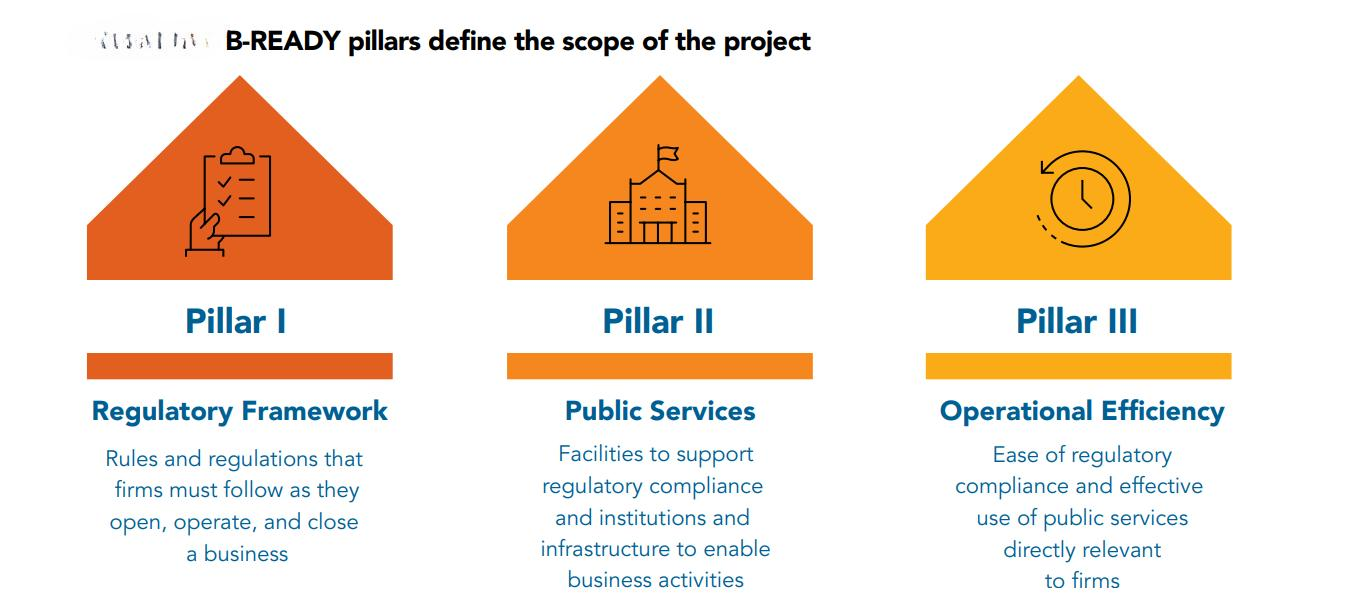Society
School enrolment down by over a crore in 2023-24: report - The Hindu
The total enrolment of students has dropped by over a crore in 2023-24 from that of the previous years, show the latest data released by the Education Ministry.
Student Enrolment Trends (2023-24)
- Decline: Total enrolment dropped to 24.8 crore in 2023-24, a decrease of 1.22 crore students (6%) compared to 2018-19.
- UDISE+ System: Introduced in 2022-23 to improve data accuracy through Aadhaar-linked records and unique educational IDs (EIDs).
- Gender-Wise Enrolment:
- Boys: 13.53 crore (2018-19) - 12.87 crore (2023-24) (4.87% drop).
- Girls: 12.49 crore (2018-19) - 11.93 crore (2023-24) (4.48% drop).
- State-Wise Decline:
- Bihar: Drop of 35.65 lakh students ( 2.49 crore to 2.13 crore).
- Uttar Pradesh: Drop of 28.26 lakh students ( 4.44 crore to 4.16 crore).
- Maharashtra: Drop of 18.55 lakh students ( 2.32 crore to 2.13 crore).
- Key Observations:
- Aadhaar-linked enrolments: Reached 19.7 crore by 2023-24.
- Enhanced data validation: Aids in beneficiary identification for Samagra Shiksha, PM POSHAN, and National Scholarship.
Economy
India may face challenges in achieving good scores on some parameters in WB's B-Ready report - The Hindu
India may face challenges in achieving good scores on parameters like business entry, labour regulations, and international trade in the World Bank's Business Ready report, according to think tank GTRI.
Business Ready (B-READY) Model
- Purpose: Evaluates global business climates to foster inclusive private sector growth.
- Three Pillars:

- Regulatory Framework: Assesses rules impacting clarity, fairness, and sustainability.
- Public Services: Analyzes government-provided services, digitalization, and transparency.
- Operational Efficiency: Measures ease of regulatory compliance and service utilization.
- Indicators: 1,200 indicators to identify reform opportunities.
- Themes:
- Digital Adoption: Evaluates digital integration in business environments.
- Environmental Sustainability: Analyzes regulations promoting sustainability.
- Gender: Studies gender-disaggregated data and gender-sensitive programs.
- Scoring System:
- Topic Scores: Average scores across three pillars for each business topic.
- Pillar Scores: Standardized scores across 10 topics, ranging from 0 to 100.
- Coverage: Covers 50 economies in 2024, targeting 180 by 2026.
- Focus: Inclusivity, sustainability, & efficiency in evaluating business environments.
Findings
- Public Services Gap: Strong regulations exist, but inadequate public services hinder effective implementation.
- Inclusivity Across Income Levels: Economies like Rwanda, Georgia, and Colombia demonstrate that strong regulatory frameworks.
- Practices: Higher scores are linked to economies integrating digital tools and prioritizing green initiatives.
- Balanced Development: Even high-income nations like Estonia and Singapore require reforms in areas like taxation and dispute resolution.
Recommendations
- Streamline Business Operations: Eg, registration, regulatory approvals, and customs which will reduce delays and costs.
- Strengthen Public Services: Enhance tax portals, utility access, and dispute resolution systems.
- Promote Sustainability: Implement policies supporting sustainable practices and gender-sensitive regulations.
- Peer Learning: Encourage economies to adopt innovative practices from successful models like Singapore, Rwanda, and Estonia.
- Tailored Reforms: Design local policies addressing specific challenges while aligning with global standards for balanced growth.
Environment
Four UN environmental summits fell short in 2024. What happened? - The Hindu
The United Nations’ efforts to address critical environmental challenges hit multiple roadblocks this year, with four key summits — in Colombia on biodiversity, Azerbaijan on climate, Saudi Arabia on land degradation, and South Korea on plastics — failing to deliver meaningful outcomes.
Divergent Interests
- Divergence in priorities:
- Developing countries: Demand technology transfer and financial support to address climate and developmental challenges.
- Developed nations: Cite domestic political pressures and economic constraints to avoid additional commitments.
- Biodiversity Talks (Colombia):
- Failure to agree on financing mechanisms for sustainable land use.
- Target of $700 billion annually remained unmet due to lack of ambition.
- Climate Talks (Azerbaijan):
- Developing nations sought $1.3 trillion annually; developed countries agreed to raise funds.
- Disagreements on transitioning away from fossil fuels.
- Plastics Summit (South Korea):
- Divisions over a legally binding treaty on plastic pollution.
- Plastic-dependent economies favored recycling and proper usage over binding restrictions.
Lack of Consensus
- Delayed Action: Failure to agree on frameworks postpones measures to address climate change & other issues.
- Fragmented Efforts: Multilateral failures may lead to unilateral regional actions lacking global coherence and creating coordination challenges.
- Erosion of Trust: Repeated negotiation failures undermine confidence among nations, complicating future cooperation.
- Pressure on Future Summits: Past failures increase the burden on upcoming meetings to achieve meaningful outcomes.
Way Forward
- Climate Finance: Developed nations must fulfill commitments to provide financial and technological support to developing countries.
- Transparency: Robust mechanisms needed to track progress and hold nations accountable for commitments.
- Inclusive Diplomacy: Address geopolitical tensions and ensure vulnerable nations' voices are heard in negotiations.
- Implementation: Shift from ambitious pledges to tangible actions with measurable outcomes.
- Integrated Strategies: Protect ecosystems, restore landscapes, reduce pollution, and tackle climate change collectively.
Defence
Scorpene-class submarine among 3 frontline platforms to be inducted by Navy on Jan. 15 - The Hindu
The Indian Navy is set to commission three frontline platforms into service at the Naval Dockyard, Mumbai, soon.
Commissioning
- Vagsheer: Sixth and final Scorpene-class submarine.
- Surat: Fourth and final Project-15B stealth destroyer.
- Nilgiri: Lead ship of Project-17A stealth frigates.

Submarine Vagsheer
- About: Named after the sand fish, a predator of the Indian Ocean.
- First Vagsheer: Of Russian origin which served from 1974 to 1997.
- Nature: Diesel attack submarine.
- Superior stealth capabilities:
- Advanced acoustic absorption.
- Low noise levels and hydro-dynamic optimization.
- Ability to launch precision-guided attacks underwater or on the surface.
INS Surat
- About: Fourth ship of Project 15B Destroyers,.
- Predecessors: Visakhapatnam (commissioned in 2021), Mormugao, and Imphal (in outfitting/trials stages).
- Naming: Named after Surat, Gujarat's commercial capital and the second-largest commercial hub in western India after Mumbai.
- Block Construction Methodology: Hulls constructed at two separate locations & joined at Mazagon Dock Shipbuilders Ltd (MDL), Mumbai.
INS Nilgiri
- About: First of seven new stealth frigates under Project 17A for the Indian Navy equipped with advanced stealth features, weapons, and sensors.
- Significance: Lead ship of the Project 17A frigate class.
The race for fighters: the IAF’s dilemma - The Hindu
In the last two weeks, taking the world by surprise, China unveiled a series of high technology platforms establishing its technological supremacy. These include two stealth fighter jets, the launch of an amphibious naval ship, a new “comprehensive” scientific research ship for global deep-sea exploration, a supersonic civil jet prototype and a new bullet train dubbed the world’s fastest. The timing couldn’t have been starker, highlighting the widening technological gap with the Indian Air Force (IAF) which is struggling to maintain its fighter squadron strength as modernisation is plagued by delayed deliveries.
Indian Air Force Modernisation Plan
- Current Status: IAF operates 31 fighter squadrons against the sanctioned strength of 42.
- Issue: No fifth-generation fighters for at least a decade, unlike other major powers.
- Ongoing Projects:
- LCA Variants: 83 LCA-Mk1As on order; deliveries delayed due to supply chain issues with GE-404 engines.
- AMCA: V-gen fighter under development.
- TED-BF: Twin-engine deck-based fighter for the Navy.
- Phase-Out and Replacement:
- Two MiG-21 squadrons extended due to LCA delays.
- Jaguars, Mirage-2000s, and MiG-29s to be phased out by 2040s.
- Early Su-30MKIs to retire by 2040s; 12 new Su-30MKIs ordered.
- MRFA Programme: 114 Multi-Role Fighter Aircraft planned; RFI issued in 2019 but lacks progress.
- Future Projections: Even with LCA-Mk1A, LCA-Mk2, and MRFA, squadron strength may reach only 35-36 by mid-2030s.
- Aero-Engine Dependency: Aero-engine remains India's primary dependency.